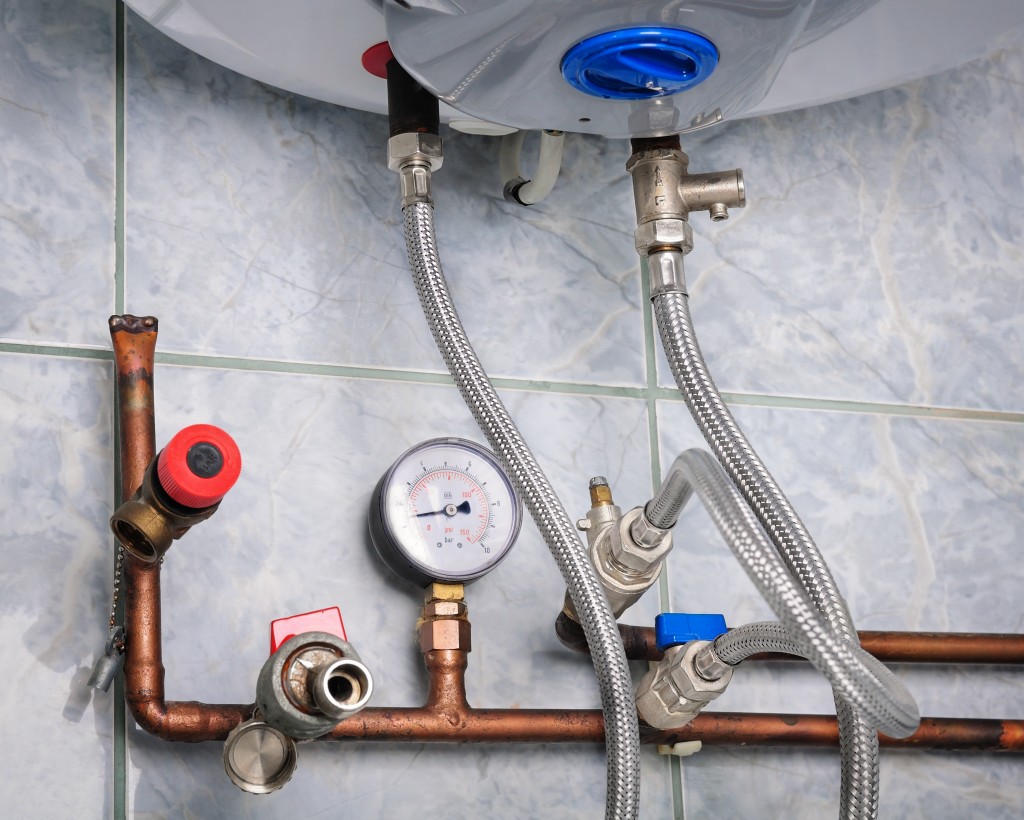The aesthetic architecture of older historic homes gives them a charming (not to mention valuable) connection to their town’s history. With the right renovations, they can also offer a lot of comfort to their residents. The first thought of renovating an older home may seem like an impossible task. These homes can certainly be fraught with serious problems that can require expensive professional services to preserve their historicity, but the rewards can also be great.
Degraded Sewer Mains
Sewer mains that are made out of cast iron or terracotta commonly break or experience leaks. Dirt gets into these lines and causes backups and clogging. Terracotta and cast iron can break and can lead to serious structural damage if the ground becomes so soft that the foundation shifts.
Tree roots can cause serious damage to the homes’ sewer lines. Before purchasing an older historic home, it is a good idea to have it inspected by one of the local plumbers. Purchasing historic homes can be a gamble, so it is a good idea to have the house inspected by a professional before you buy it.
Many problems are immediately apparent, depending on the house’s condition—roofs and walls that need repair, wear and tear on the facade and fixtures. But problems only become apparent after a while, and one of the most common issues with older homes is the plumbing, Here are some potential problems you’ll want to look into during the buying stage:
Outdated Pipes

Some of the most frustrating problems found in older historic homes are common plumbing problems. Many older homes were originally equipped with copper piping. In most cases, the copper piping in these homes was fitted with lead solders which can contaminate the water supply to the house.
Some historic homes were equipped with galvanized steel or clay pipes, which have limited viability and will most likely need to be replaced. Concrete piping has a longer lifespan but tends to shift below the foundation. Cast iron piping can rust to the point that it completely disappears. Homes equipped with lead or polybutylene piping pose serious health risks and must have the pipes completely removed.
Older homes often have damage from mold and mildew that arises from leaky pipes. Mold and mildew damage can cause serious health issues for the residence as well as severe damage to the structure of the home. The pipes in older historic homes often become less effective because of erosion. Zinc and other mineral deposits can cause corrosion that will clog the pipelines resulting in less water pressure for the shower, the toilet, and household faucets.
Older houses have a lot of character and can often be bought for less. Remodeling these homes requires preserving the intricate details in the woodwork and molding as well as the fixtures. If an old structure has survived well over the years, chances are the structure of these homes are usually solid. Renovating an older historic home may take time and money, and may seem like a nightmare at first thought, but preserving the aesthetic architecture of a historic home can turn a nightmare into your dream home.
